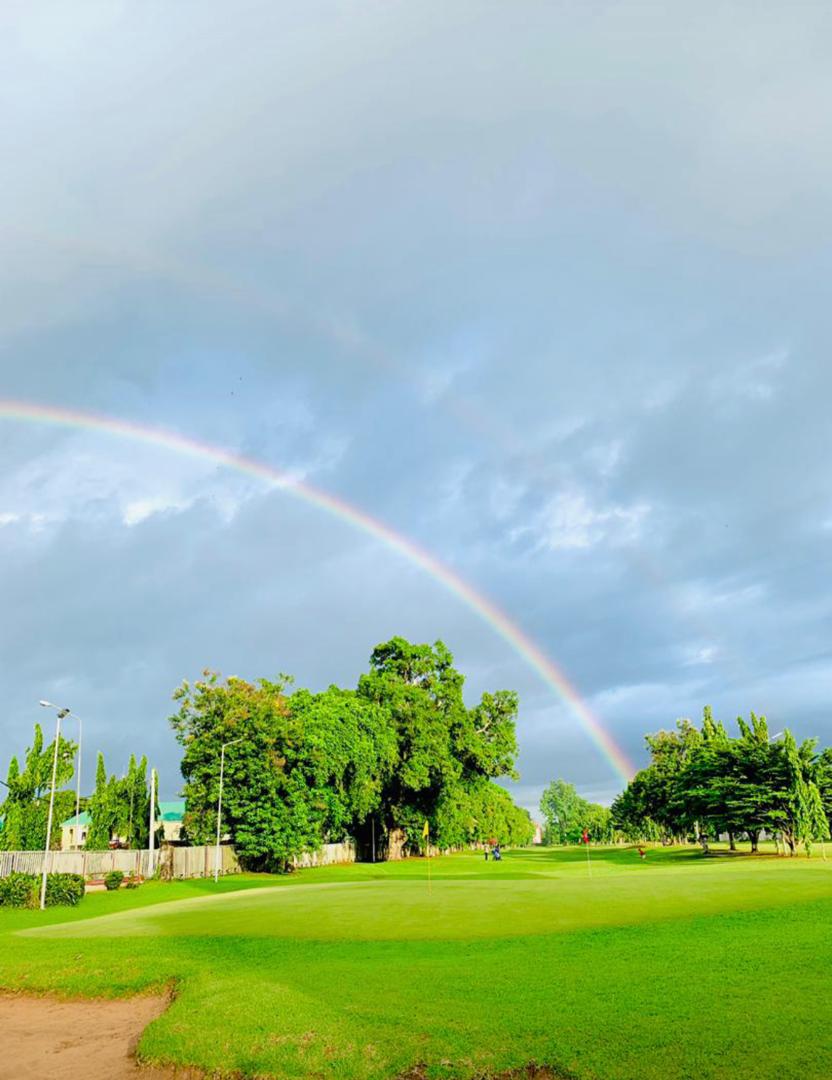Rainbows. They appear as if by magic—bright, vivid arcs of color, cutting across the sky after a storm. But what makes them so captivating? What causes this beautiful phenomenon that seems almost too perfect to be natural?
It all starts with light. Sunlight, to be exact. When the sun’s rays hit a raindrop, something incredible happens. The light bends—what scientists call "refraction"—and it splits into a spectrum of colors. Red, orange, yellow, green, blue, indigo, violet—those colors form the familiar arc we know and love. The light reflects off the inner surface of the raindrop and exits at different angles, creating the iconic rainbow effect. That’s why, if you’re standing in the right spot, you’ll see the full spectrum of colors bending before your eyes. It's nature's prism at work.
But why do we care about rainbows so much? Why do they inspire poets, artists, and dreamers? Perhaps it's because they seem to connect us with something beyond our everyday existence. In cultures around the world, rainbows are seen as symbols of hope, peace, and the promise of better things to come. In the Bible, the rainbow was a sign of God’s covenant with Noah, a promise that the earth would never again be destroyed by flood. It’s a symbol of renewal, of life continuing after hardship.
For centuries, rainbows have had deep meanings. They’ve been seen as bridges between heaven and earth, as messages of divine intervention, and as metaphors for everything from love to transformation. In literature, they’ve represented the pursuit of dreams, the elusive things that seem just out of reach—yet there, somewhere, waiting for those brave enough to chase them. “Chasing rainbows” is more than just a saying; it’s a feeling, an urge to search for something greater.
And yet, even in this age of science and reason, we continue to marvel at them. They are, in a sense, proof of the wonder in the world around us. There’s a strange magic to the way they appear after a rainstorm, when the clouds begin to part and the light breaks through. The sky, often gray and foreboding, suddenly fills with color. A rainbow feels like a gift, a sign that the storm has passed and something beautiful has come from it.
What’s perhaps most intriguing about a rainbow is how it shows us the complexity of light itself. Seven distinct colors, each with its own wavelength, stretching across the sky. This simple, yet profound, display reveals the intricate relationship between physics and perception. It’s a reminder that the world is full of surprises—of beauty, mystery, and endless possibility.
Rainbows don’t just live in the realm of science, though. They also inhabit the minds of artists and writers. For them, the rainbow is a metaphor, a symbol, a tool for capturing the fleeting nature of beauty. Whether it’s through painting, poetry, or photography, the rainbow continues to be a muse for creatives everywhere.
Next time you spot a rainbow in the sky, take a moment. Appreciate the science behind it, but don’t forget the sense of wonder it stirs. There’s something magical about the way it appears, as if nature itself is reaching out to remind us that beauty exists, even in the most unexpected places.
